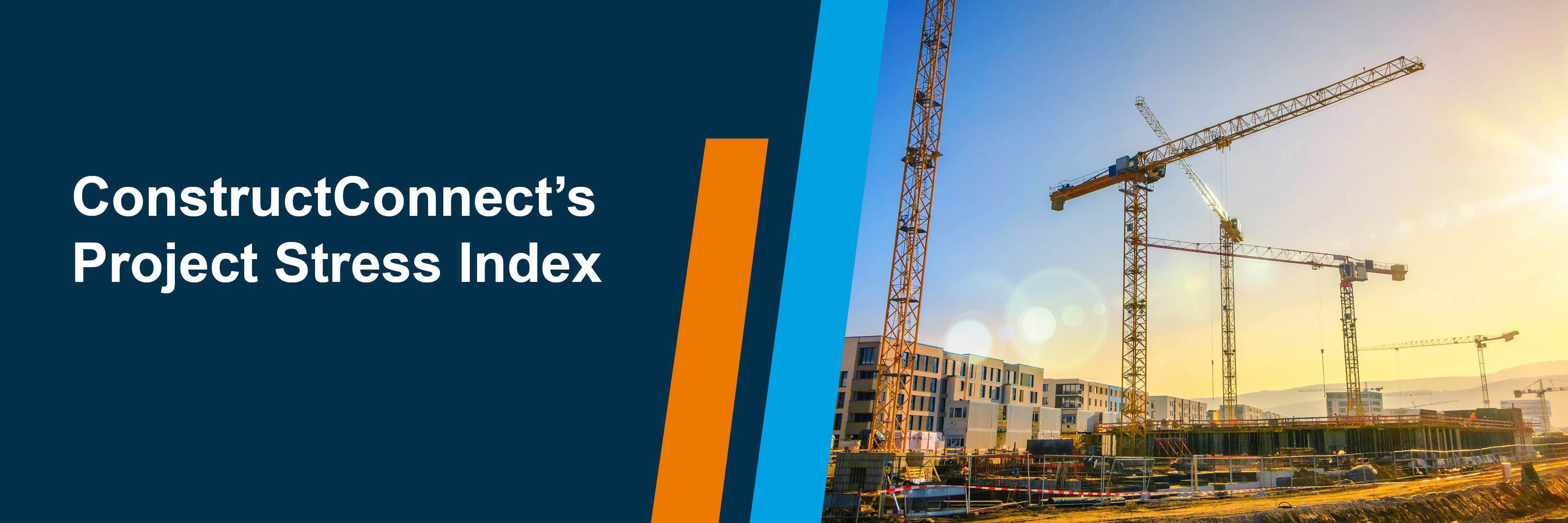Read this article to understand the level of U.S. non-residential construction projects that have been delayed, on hold, or abandoned.
COMPOSITE OVERVIEW
For the week ending April 6th, 2024, the Project Stress Index composite closed at 122.6, down 2.8% from a week ago and down 3% over the past month.
This week’s decline was caused by a 7.9% decline in Abandoned activity which was partially offset by a 0.7% decline and 2.8% increase in On Hold and Delayed Bid activity, respectively. Over the last two months, the Composite has been trending modestly, but consistently lower. This decline was first sparked by falling Bid Date Delayed activity beginning in late-January which was then followed by a 16% decline in On Hold activity starting in March.
In contrast, Abandoned activity has remained consistently elevated since mid-February, preventing the Composite from falling further. Unfortunately, the recent declines in Delayed and On Hold activity readings do not indicate future declines in abandoned readings. Rather, data collected since interest rates surged could indicate that changes in abandoned readings may actually predict the future movement of On Hold activity.
COMPONENTS MONITOR
| Delay Bid Date |
On Hold |
Abandoned |
 |
 |
 |
Sector Status Update
Public and private projects often have different stress trends because they are financed by different means. In recent weeks the PSI has reported divergent Bid Date Delayed trends by sector, with public activity rising and private activity falling.
A similar analysis of On Hold projects also indicates a rising number of impacted public projects and simultaneously a small decline in the absolute number of impacted private projects. In contrast, the level of abandoned private sector activity has rebounded by 9% since setting a multi-month low reading in late March.
Over the same period, public sector Abandoned readings have been more consistent, with weekly readings falling in a narrow range. Overall, Abandonment activity across both sectors remains historically high.
About the Project Stress Index
The Project Stress Index (PSI) composite represents an equal-weight measure of the seasonally adjusted level of pre-construction projects that have experienced a delayed bid date, have been placed on hold, or have been abandoned in the last 30 days. The PSI monitors nonresidential and multifamily projects in their preconstruction phases only and thus excludes any single-family home construction. Each component has been seasonally adjusted and then indexed against its 2021 average weekly reading. The independent tracking of each status type gives unique insights into the timing, direction, and amplitude of market changes.
Additional information about the PSI, including detailed data about the individual readings for delayed, on hold, and abandoned projects can be found here.
